Cold Pain Therapy Size
Cold Pain Therapy Market Growth Projections and Opportunities
The cold pain therapy market is projected to be worth $3.1 billion by 2030, with a forecast period CAGR of 4.5%. The Cold Pain Therapy Market operates within a dynamic framework that has been shaped by various factors influencing its growth and development. This cryotherapy technique is used as an alternative to drug use to manage acute or chronic pain. The dynamics of the market are heavily influenced by the rise in the number of cases involving acute or chronic pain in relation to conditions such as injuries, arthritis, and postoperative recovery. As knowledge about the advantages afforded by cold for relieving painful sensations grows, more and more patients will want alternatives to drugs for dealing with their ailments.
Research and development (R&D) efforts play a unique role in shaping Cold Pain Therapy Market dynamics. In order to improve product efficacy, comfort and user experience cold therapy product manufacturers invest significant amounts of money into research. Continuous improvements in materials, design and technology contribute towards the expansion of cold pain therapy devices leading to positive market dynamics. Advancing new solutions that provide better relief for pains while remaining convenient are some of the major forces behind industry evolution. Market dynamics of cold pain therapy are also influenced significantly by competition among health care companies and device manufacturers. Companies do various things such as product launches, partnering with other firms as well as purchasing other brands so that they can bolster their positions within the industry thereby expanding their portfolios for cold pain therapies. Introduction of new, improved treatment methods is a means to foster creativity among competing participants in this business segment and hence adding value to its future outlook. At the same time, economic factors will drive the market dynamics of cold pain therapy. In addition to affecting affordability and access to cold therapy products by patients, economic conditions have an impact on healthcare expenditure patterns. By making healthcare more cost-conscious during recessions it may limit growth prospects in such a sector thus limiting market expansion since people cannot afford such services anymore unlike before when times were better or they had insurance which covered everything including medical bills. Consumer preferences and awareness also play a significant role in market dynamics. Awareness among consumers about benefits accrued from using these machines as alternative ways through which one could address their painful sensations without necessarily taking drugs has prompted many individuals today into exploring various options available. Moreover, there seems be a higher volume of newer entrants seeking ease operations either vertically upwards along supply chain management systems due potential competition set up others trying entering low-margin segments finally just hoping break even point falls below line long run thus maximizing profits earned from sales revenues generated over time.
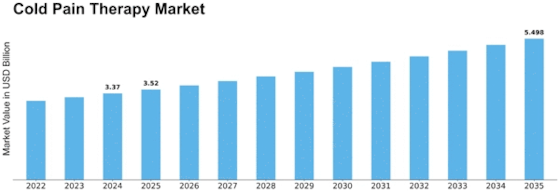

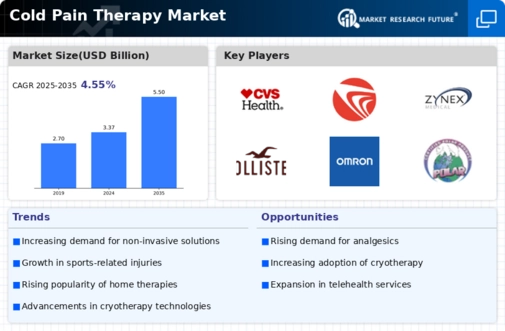
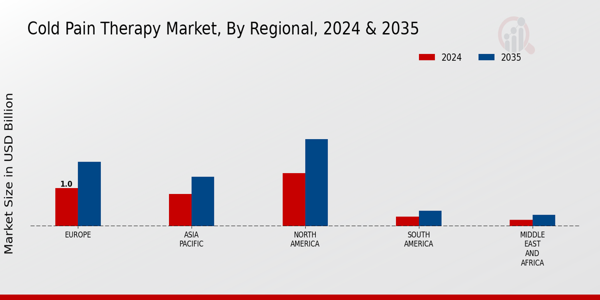

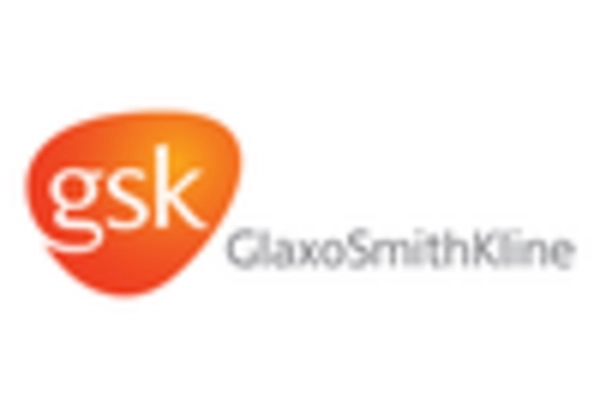

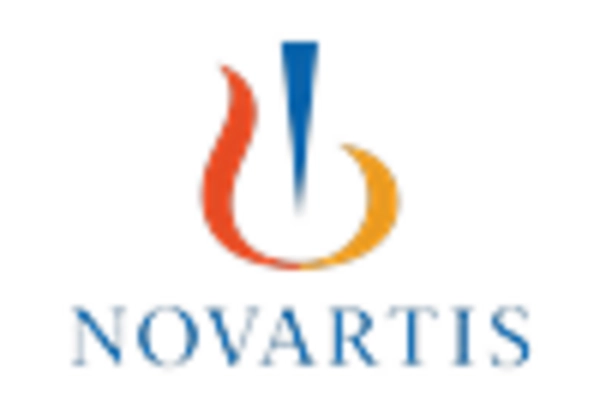

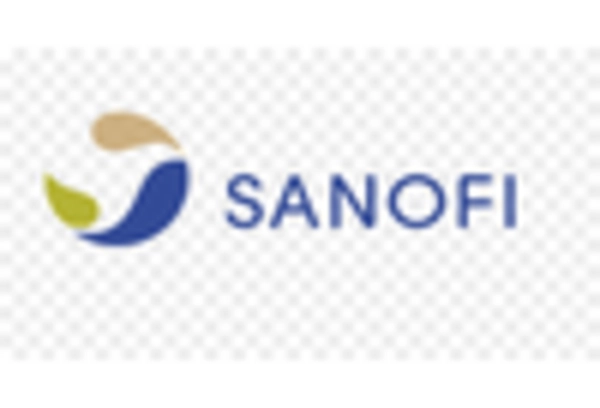

Leave a Comment